Are you up on iron?
Iron is an essential mineral—it supports your metabolism, and it’s a primary component of hemoglobin, a protein in red blood cells. If you don’t get enough, you can develop anemia, which can lead to fatigue, nausea, and heart troubles. This is why doctors often prescribe supplements to pregnant women, women with heavy periods, infants, children, vegetarians, frequent blood donors, and people with gastrointestinal diseases or some cancers. For nearly everyone else, eating a well-balanced diet that includes meat will keep you up to par. Daily requirements vary depending on age and gender, according to the USDA’s Academy of Nutrition and Dietetics: Men need 8 mg; women need 18 mg; pregnant women need 27 mg. Just remember that too much iron can be dangerous; the upper limits for people over 14 years of age is 45 mg. Excess iron causes minor symptoms such as nausea and can lead to organ damage, so always check with your doctor before starting supplements. If you don’t think you’re getting enough of the following iron-rich foods, be sure to check if you may be having these silent signs of iron deficiency.
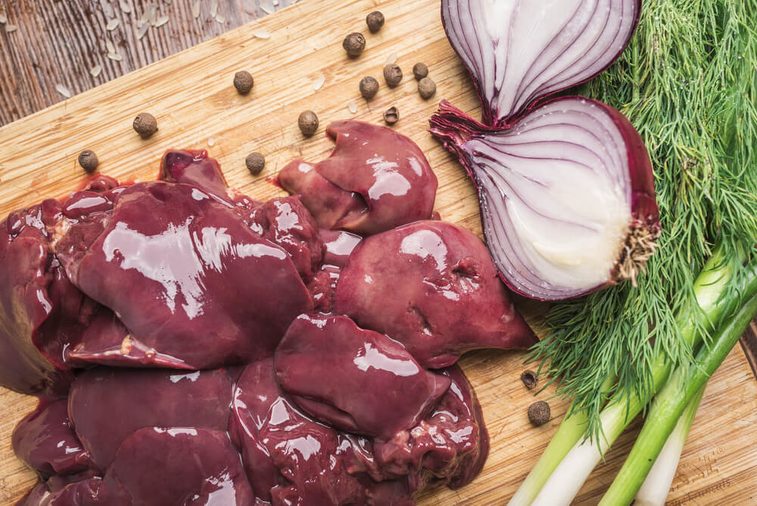
Liver
While not a popular dinner entrée these days, liver is one of the best sources of iron. A 4-ounce slice provides a whopping 7 mg of iron. Packed with protein, vitamins A and B12 (among a slew of others), liver is also high in cholesterol. But you probably won’t eat enough for that to be a concern.
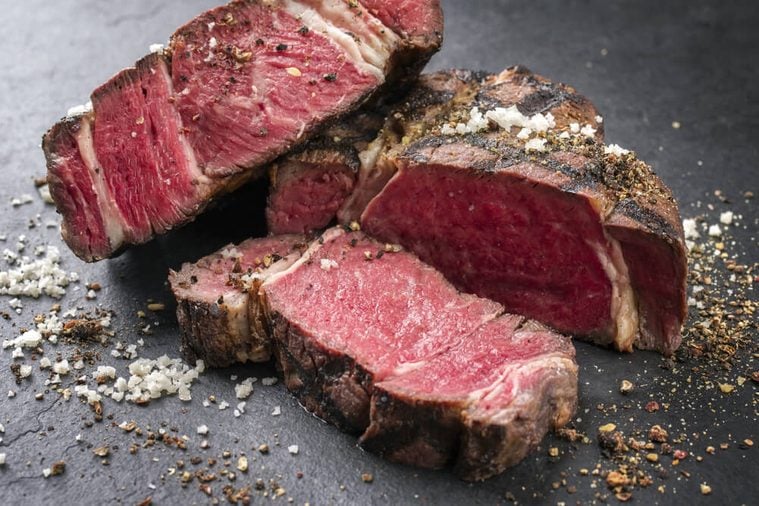
Beef
Depending on the cut, beef contains between 10 to 24 percent of your daily needs for iron. The iron in meat is called “heme iron,” and it’s absorbed more efficiently by the body than the iron in plant foods. But if you’re not a meat lover (or eater), bone up on the iron-rich foods vegetarians should add to their diet.
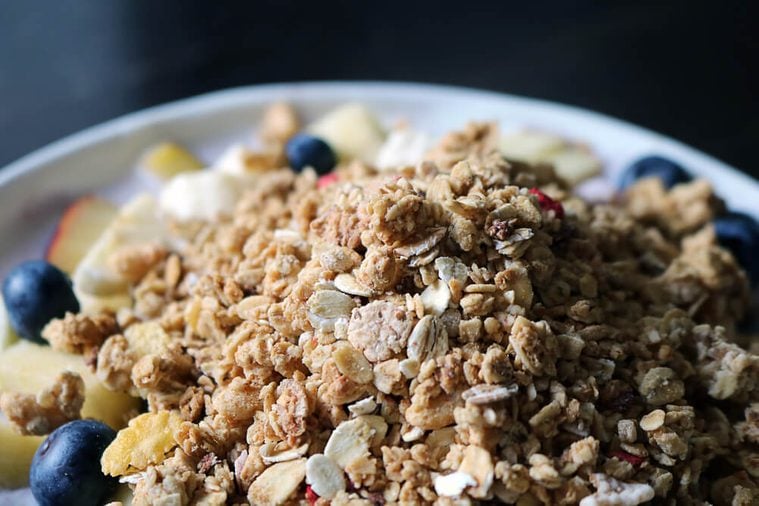
Fortified cereals
One of the best source of non-heme (not blood-related) iron, especially for vegans, is fortified breakfast cereals, according to the Cleveland Clinic. If yours is fortified (most cereals are), you can get up to 100 percent of your daily needs in one bowl. Add a glass of vitamin C-rich orange juice, which helps your body absorb iron, per the Cleveland Clinic, and your breakfast becomes a nutritional powerhouse.
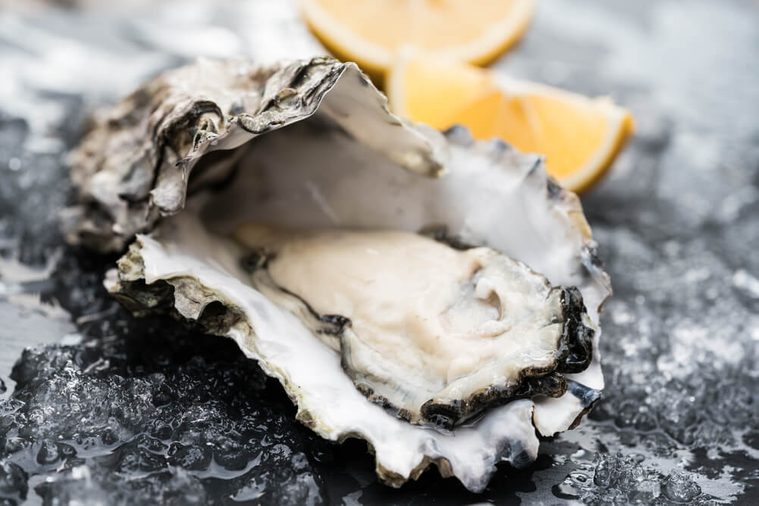
Oysters
Six medium oysters provide about 7 mg of iron, according to the USDA. The popular bivalve also happens to be a good source of zinc and vitamin B12.
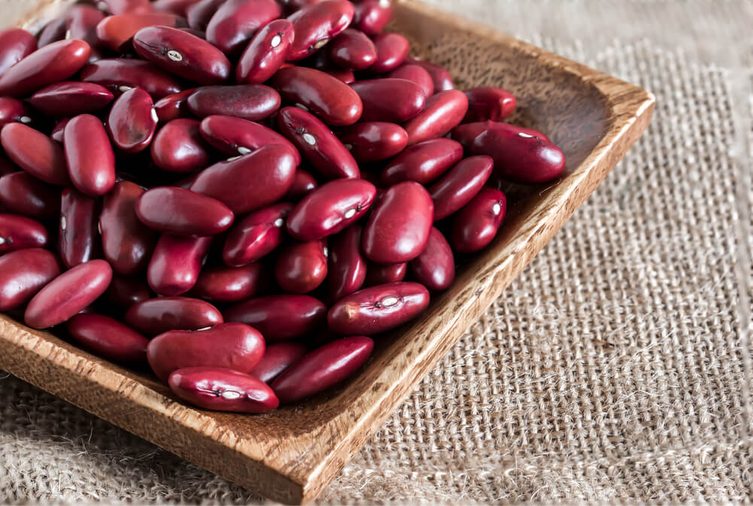
Kidney and white beans
Boasting the same amount of iron as many other foods, kidney beans are one of the best sources of non-heme iron for vegans. One cup of these legumes gets you nearly 3 mg of iron, per the USDA. White beans provide a bit less, 2 mg iron per cup. And they are delicious in salads and dips. If you suspect you’re not getting enough iron, you won’t want to ignore these 10 silent symptoms of anemia.
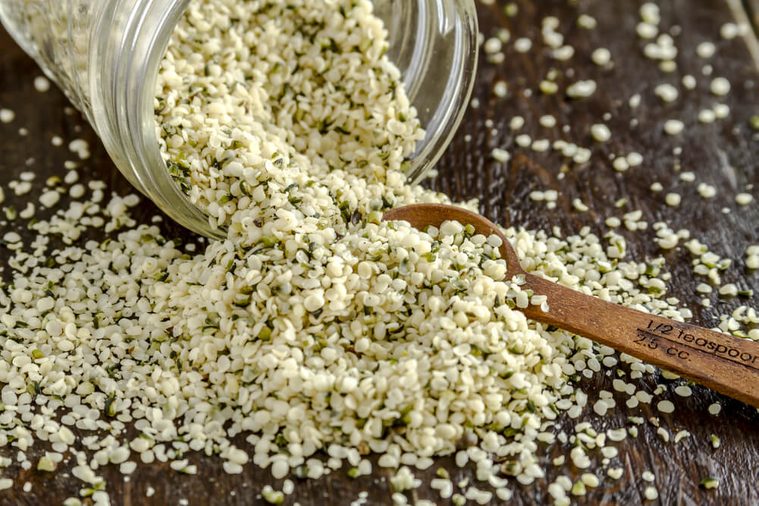
Hemp hearts
If you haven’t tried these nutty seeds yet, you are missing out! They’re perfect for topping salads, cereal, and yogurt. Just one-quarter cup will give you 3.24 mg of iron, according to the USDA. There’s an additional nutrition bonus: Hemp hearts are great sources of protein, omega 3 fatty acids, and manganese. (Learn what the differences are between hemp hearts vs. hemp seeds.)
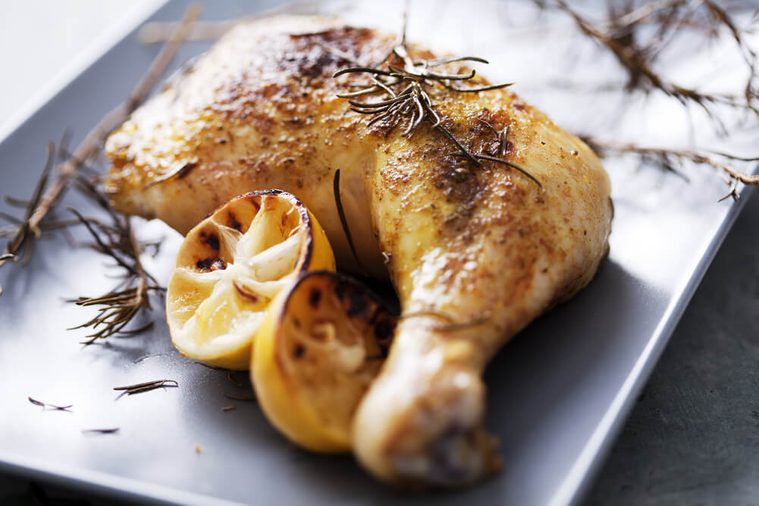
Chicken
Another good source of heme iron is poultry, and dark meat will give you slightly more than white meat. One cup of diced dark meat chicken (leg or thigh) provides 8 percent of your daily needs.
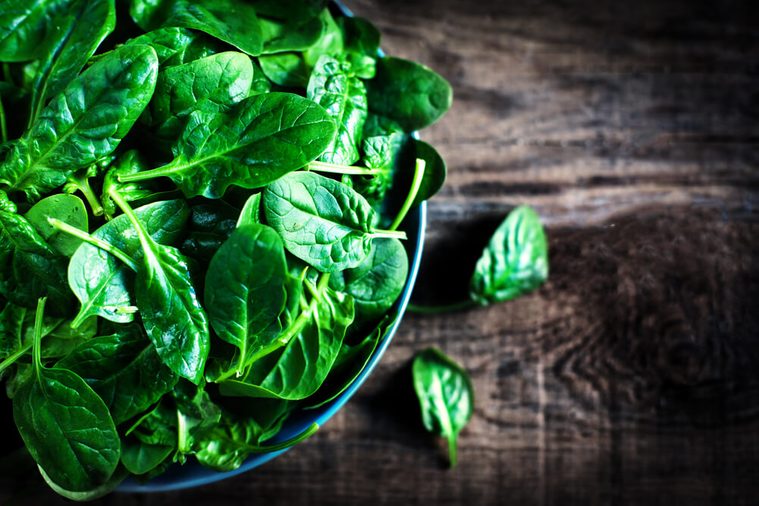
Spinach
Popeye was right when he encouraged kids to eat more spinach. As one of the highest vegetable sources of non-heme iron, one cup of frozen chopped spinach provides 4 mg of iron. Tucking it into casseroles, tacos, and pasta dishes boosts the nutritional content of your dinners. Spinach is one of the 7 great vegan sources of iron too.
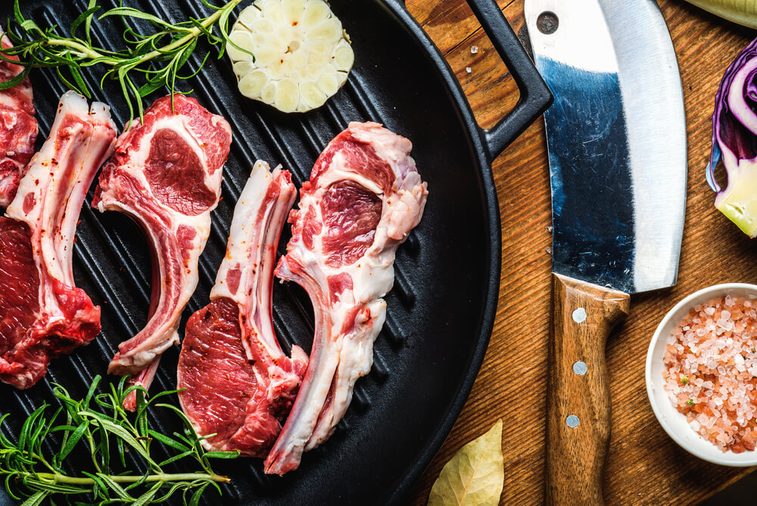
Lamb
Similar to beef in iron content, lamb has 1 mg of iron in a 3-ounce cooked serving, according to the USDA. If you’re tired of chicken and beef, start adding lamb to your dinner rotation.
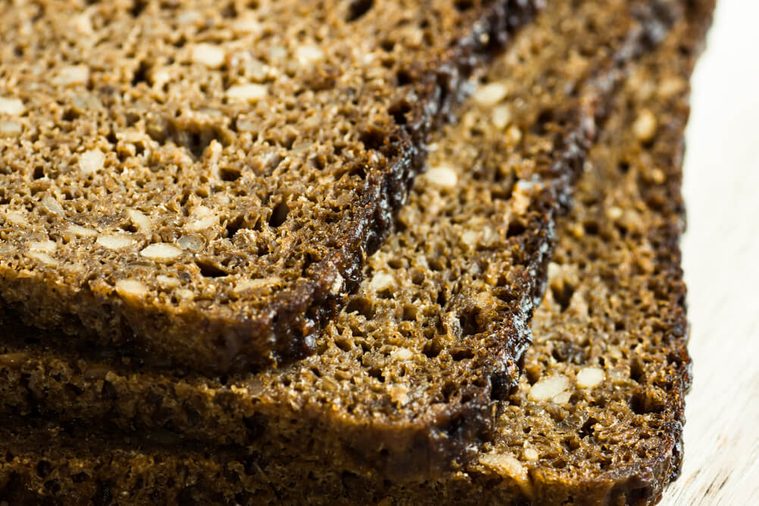
Iron-enriched bread
Another good source of iron for vegans and vegetarians is iron-enriched bread. When wheat is processed into flour, it loses iron and several other nutrients. Since the 1940s, bread makers have been adding iron and other lost nutrients back. Look for up to 1.8 mg of iron per two-slice serving of both white and whole wheat bread, according to the USDA. Learn more about how to buy, make, and eat vegan bread.
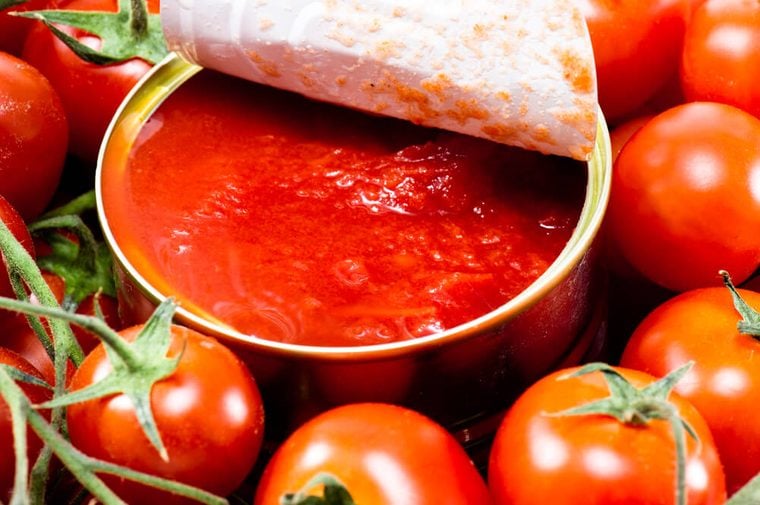
Canned tomatoes
Choose canned over fresh if you’re in search of higher iron values. One cup of canned chopped tomatoes provides more than 3 mg of iron, per the USDA. And the naturally high vitamin C in tomatoes just makes it easier for your body to absorb the iron.
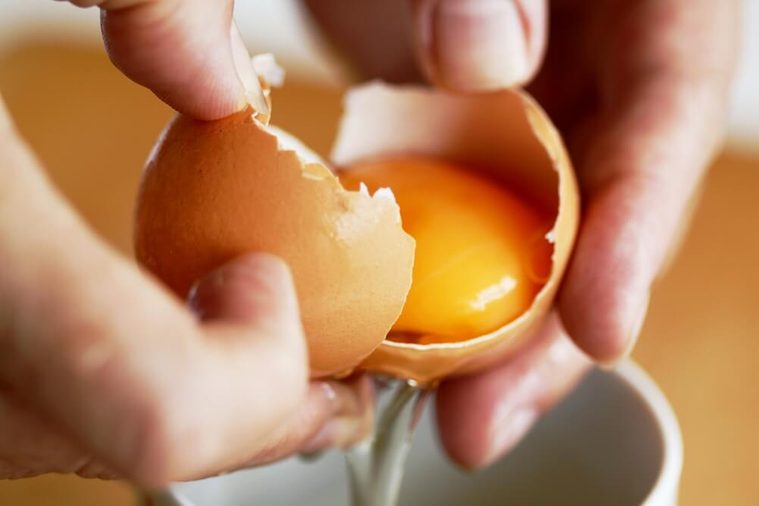
Egg yolk
Forget about egg-white omelets: The yolk is the most nutritious part of your egg—and a medium-sized one contains .5 mg of iron, according to the USDA. But wait, there’s more! The yolk includes all of the choline, healthy fats, and vitamins A, B6, and D, as well as most of the vitamin B12, folate, and selenium. If you’re just eating eggs for breakfast, you’ll want to discover the 55 ways to enjoy eggs at every meal.
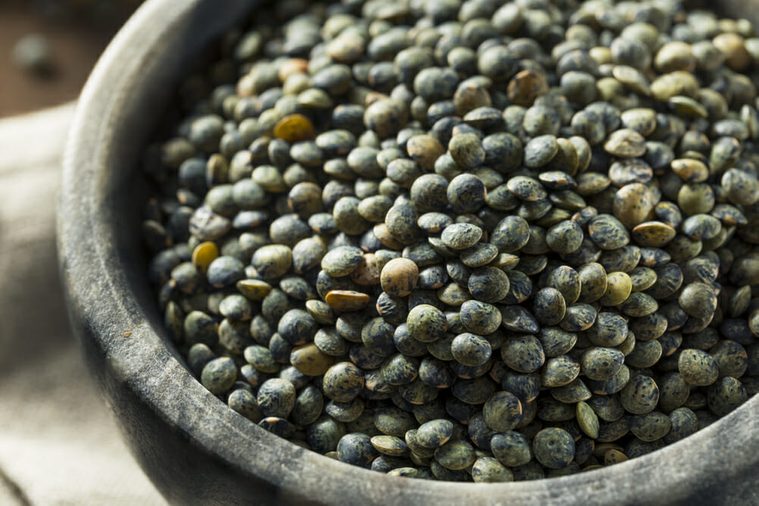
Lentils
Another legume makes our list of top iron-rich foods. According to the USDA, lentils possess about 14 mg of iron in one cup—double the amount of other beans. Lentils make excellent meat substitutions in tacos, veggie burgers and enchiladas, which is why they’re an excellent iron source for vegetarians.
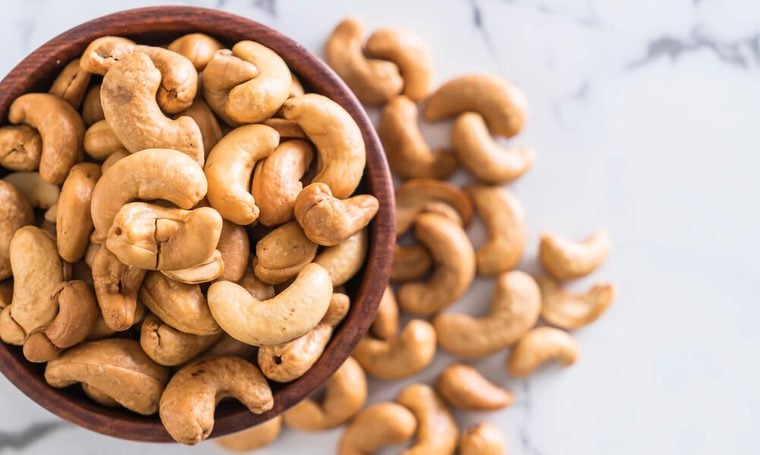
Cashews
All nuts are a good source of iron, but cashews win for highest iron content at nearly 2 mg per ounce (about 17), per the USDA. Studies suggest that eating cashews can help lower your LDL (bad) cholesterol. Cashews contain substances known as phytates which have anti-inflammatory properties; they also deliver several other minerals like magnesium, copper, phosphorous and manganese. But don’t stop at cashews. You’ll want to add the top five healthiest nuts to your diet too.
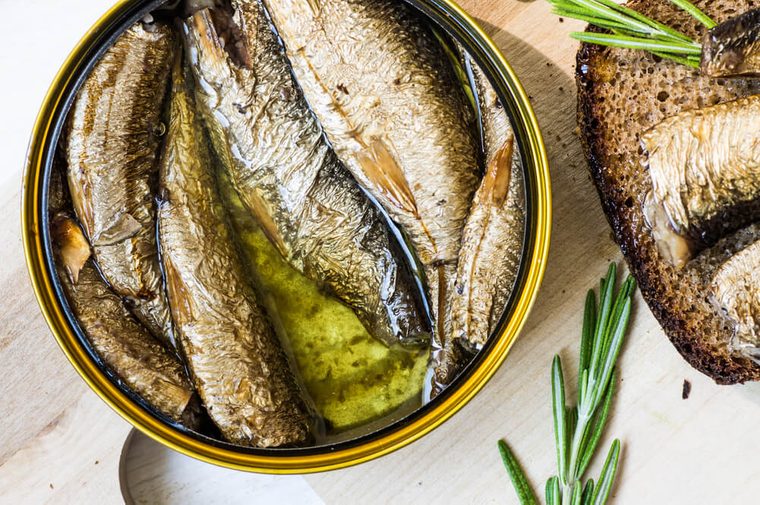
Sardines
You only need four sardines from a can to get 1.4 mg of iron, per the USDA, so if you’re into snacking on them or topping your hors-d’oeuvres with these little fish, your iron levels should be in good shape. Sardines also give you healthy omega-3 fats, and they’re high in protein, calcium, selenium, and vitamin B12.
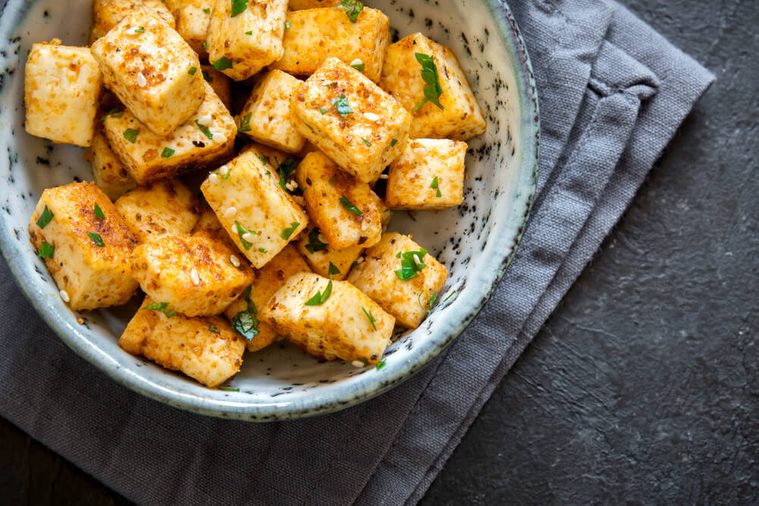
Soy products
Not only is tofu a versatile protein for vegans and vegetarians, but according to the USDA, it’s a good source of iron with 1.4 mg in a 3-ounce portion. Edamame, those delicious nutty soybeans perfect for salads and soups, provide 5.4 mg iron in one cup. And, a favorite snack, crunchy soy nuts provide nearly 2 mg of iron in just ½-cup. Surprised? Many foods have surprising benefits, so be sure to check out these healthy foods that are healthier than you thought.

